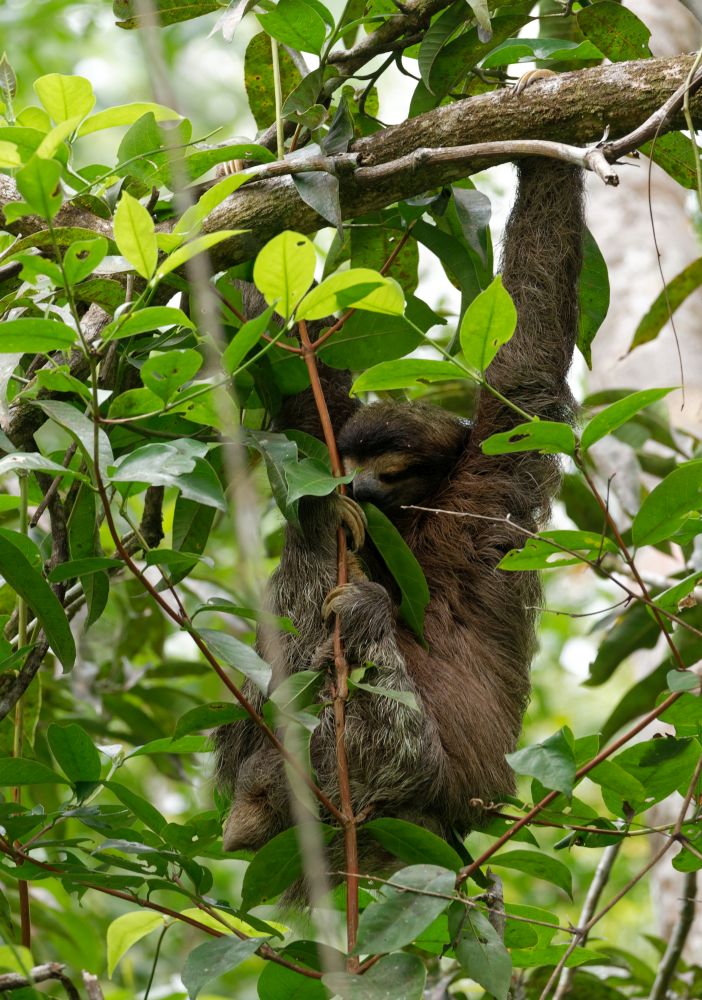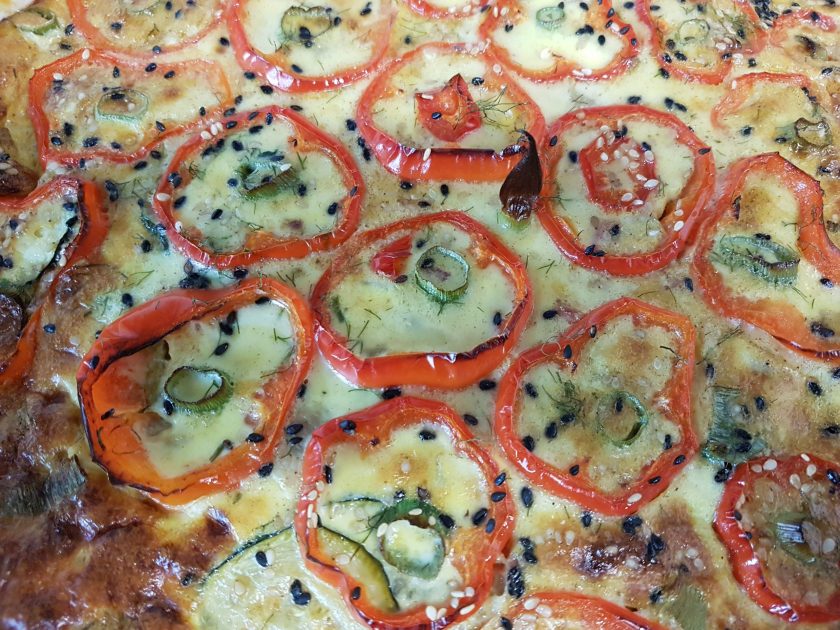I remain in serious escapist mode, and in today’s post I continue to take us as far away as I can. I’m describing the magnificent Indian wedding I attended in Mumbai just a few months ago.
The following night, the newlyweds held an evening reception for 500 guests at the same venue. A magician circulated around the room. The saris were a cross between Cinderella and the Arabian Nights. I saw really, really serious bling. It was a dazzling evening full of gorgeous, kind, friendly people. In the interest of privacy I am posting mostly photos that show the backs of gowns. These were taken with my old cell phone, so the quality’s not great. But these give an idea of how spectacular this celebration was!
The women who had taken my breath away the day of the wedding now wore evening saris. There are no words adequate to describing how gorgeous everyone appeared.


Once the event began the full bar stayed busy. I was served the largest gin and tonic I’ve ever had to drink: it was as big as my head. The drink was also one of the strongest I’ve ever tasted. I drank it and afterwards I immediately switched to white wine. Another g&t and I would have landed under a table.
 I chatted with a large chocolatier-pastry chef who had worked in Switzerland. The woman who designed the bride’s clothes and the man who designed her jewelry. A professional jazz singer who had given her voice lessons.
I chatted with a large chocolatier-pastry chef who had worked in Switzerland. The woman who designed the bride’s clothes and the man who designed her jewelry. A professional jazz singer who had given her voice lessons.
The waiters worked both days and must have been exhausted. They circulated the room with appetizers served on trays of stone. The appetizers were wonderful: smoked salmon-asparagus-horseradish rolls. Lamb bites in tiny crusts. Spicy paneer. Corn fritters with salsa. Tikka chicken bites.
A full diner buffet included both vegetarian and meat dishes. The buffet included a station carving up one leg of lamb after another, chopped into small strips and served au jus. There were various rice dishes, and breads freshly made on-the-spot (both days). Dhals. Another food station served chat: layers of potato patty with chutneys, chickpeas, cilantro. Another station served a variety of Mexican dishes. Other stations included vats of sautéed veggies. I didn’t even glance at the station with teriyaki dishes; the Indian food was just too good. A separate table held lots of desserts. I tried the chocolate mousse cups and the waffles with Nutella and fresh fruit: kiwi, mango, strawberries.

My sister and I drank Sula, a surprisingly yummy Indian white wine. We were both delirious with how magical the evening felt, all those beautiful people. When we left shortly before midnight the room had been converted into a dance floor….


I will forever be grateful I was invited to attend an Indian wedding. The hosts (busy with the other 499 guests) were incredibly generous and gracious. My thanks to my dear friends in Mumbai and their family for allowing two visiting girls to share their joy.
NOTES: Text © Jadi Campbell 2020. Photos © Jadi Campbell and Pam Campbell.
To see Uwe’s pics from our trips go to viewpics.de.
SPECIAL NOTE: If you try to comment in the wordpress.com reader and get the message “Sorry – there was a problem posting your comment”, click on the title of this post to get to jadicampbell.com and post your comment there. Sorry for the ongoing problem.
Click here for my author page to learn more about me and purchase my books.




 The chairs were all covered in white with purple and saffron yellow sashes tied on the backs. These matched the flower canopy over the dais. The canopy had been made of elaborate long drapes of thousands of fresh flowers.
The chairs were all covered in white with purple and saffron yellow sashes tied on the backs. These matched the flower canopy over the dais. The canopy had been made of elaborate long drapes of thousands of fresh flowers.
 The Hindu men’s turbans matched the bows on the chairs. Really a wild parade of colors. Gorgeous!
The Hindu men’s turbans matched the bows on the chairs. Really a wild parade of colors. Gorgeous!






 NOTES: Text © Jadi Campbell 2020. Quotation from
NOTES: Text © Jadi Campbell 2020. Quotation from  We’re still in lockdown in Germany, with the restrictions slowly easing. I took these photos on March 23rd when I went for a long walk to get some sunshine and stretch my legs:
We’re still in lockdown in Germany, with the restrictions slowly easing. I took these photos on March 23rd when I went for a long walk to get some sunshine and stretch my legs:

 I become aware of an intense fluttering sound. It takes me a minute, but finally I identify it: the wind is blowing so hard that it shakes the police tape around the other children’s Spielplatz. The tape’s rattling is the only thing I can hear beside the birds.
I become aware of an intense fluttering sound. It takes me a minute, but finally I identify it: the wind is blowing so hard that it shakes the police tape around the other children’s Spielplatz. The tape’s rattling is the only thing I can hear beside the birds.
 And I go for walks, and practice self-care. I love to cook, so that’s more than all right. I can take my time with elaborate recipes. Great way to channel my restlessness. Uwe and I live together in lockdown harmoniously most of the time.
And I go for walks, and practice self-care. I love to cook, so that’s more than all right. I can take my time with elaborate recipes. Great way to channel my restlessness. Uwe and I live together in lockdown harmoniously most of the time.







 Thirty minutes later we’re back at the park entrance’s buildings. The downpour vanishes. Uwe gets out his telefoto lens to capture the 7 varieties of blue, emerald, crimson, orange, purple hummingbirds darting in and out to the feeders on the porch. A white nosed coatimundi scurries under the hummingbird feeders, licking up the sugar water that’s dripped down onto the floorboards.
Thirty minutes later we’re back at the park entrance’s buildings. The downpour vanishes. Uwe gets out his telefoto lens to capture the 7 varieties of blue, emerald, crimson, orange, purple hummingbirds darting in and out to the feeders on the porch. A white nosed coatimundi scurries under the hummingbird feeders, licking up the sugar water that’s dripped down onto the floorboards. “A walking stick!” I murmur.
“A walking stick!” I murmur.
